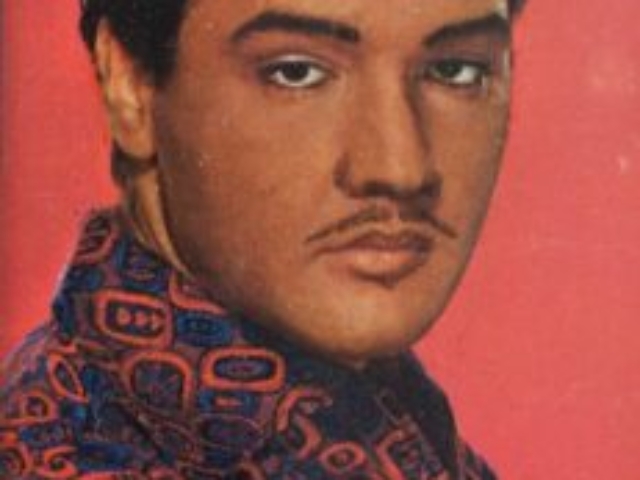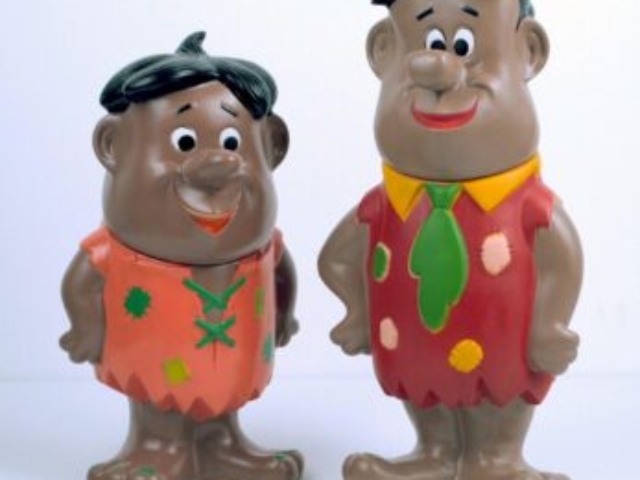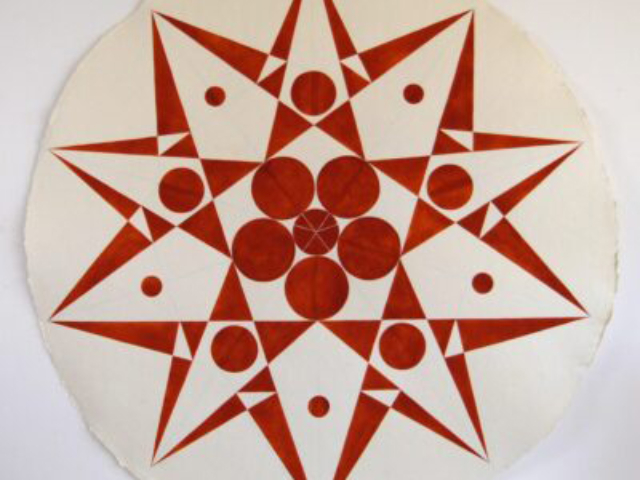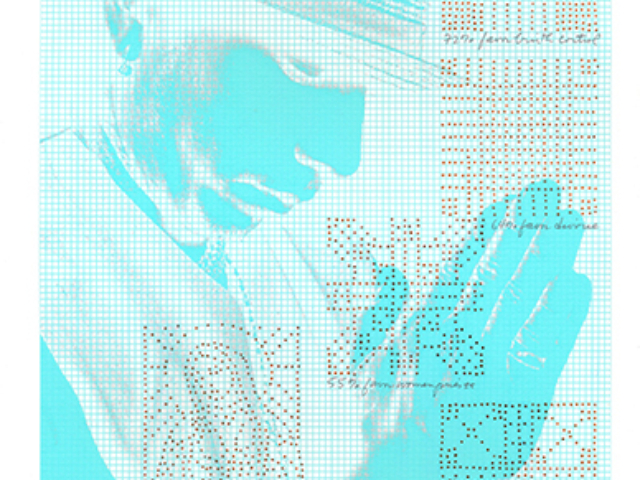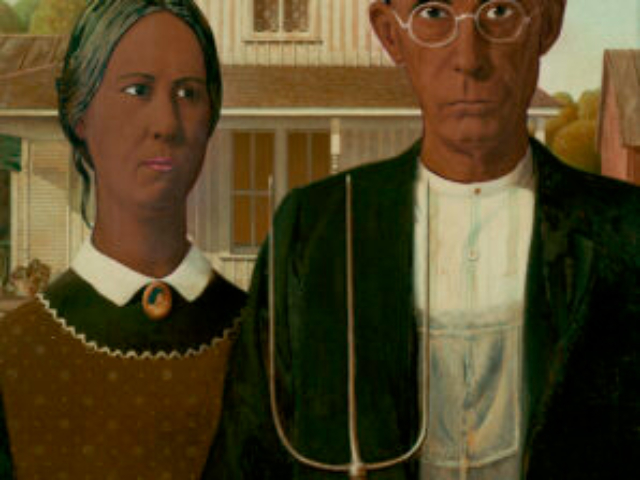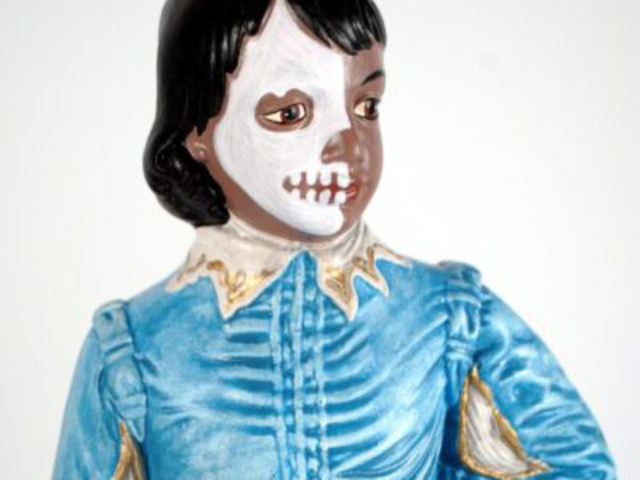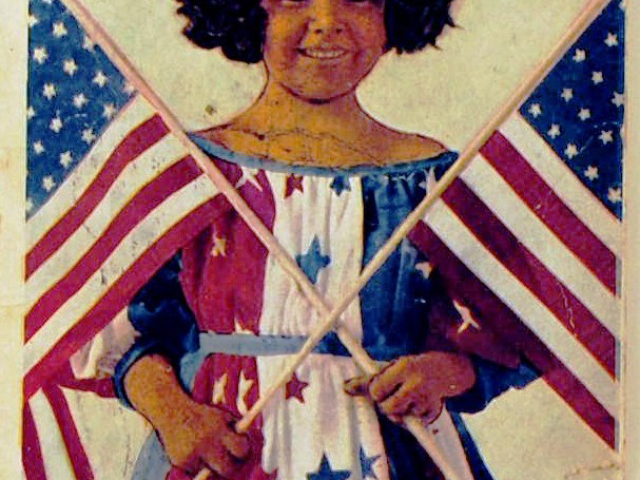Linda Vallejo
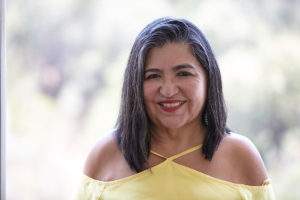
About
Linda Vallejo (https://www.lindavallejo.com/) consolidates multiple, international influences gained from a life of study and travel throughout Europe, the United States and Mexico to create works that investigate contemporary cultural and socio-political issues. Solo exhibitions of her work Make ‘Em All Mexican, The Brown Dot Project, and Datos Sagrados have been presented at LA Plaza de Cultura y Artes (2019-2020); Kean University, Karl & Helen Burger Gallery, Union, New Jersey and Museum of Latin American Art, Long Beach, CA (2018); bG Gallery, Santa Monica (2017); Texas A&M University Reynolds Gallery (2016); Bert Green Fine Art, Chicago Ill, Salt Fine Art, Laguna Beach CA, UCLA Chicano Studies Research Center, Los Angeles CA (2015); Lancaster Museum of Art and History in Lancaster CA (2017 & 2014) and the Soto Clemente Velez Cultural Center in New York (2014), George Lawson Gallery in Los Angeles and the University Art Gallery of New Mexico State University (2013), as well as Arte Americas in collaboration with the Fresno Art Museum and Central California Museum of Art Advisory Committee and California State University, San Bernardino, Fullerton Museum (2012). Brown Belongings solo exhibition featuring 125 works and a 140-page catalog was featured in the NY Times “Visualizing Latino Populations Through Art” by Jill Cowan, New York, NY (November 26, 2019) and in LA Times “Linda Vallejo and a decade of art that unapologetically embraces brownness” by Matt Stromberg (June 20, 2019). Her work is in the permanent collections of the Museum of Sonoma County, Santa Rosa, CA, Museo del Barrio, New York, NY, East Los Angeles College Vincent Price Museum, Los Angeles CA, National Museum of Mexican Art, Chicago Ill, Carnegie Art Museum, Natural History Museum of Los Angeles County, CA, UC Santa Barbara, California Ethnic and Multicultural Archives (CEMA), Santa Barbara, CA, UCLA Chicano Study Research Center (CSRC), Los Angeles, CA, California Digital Library, Arizona State University Library Archives.
Gallery
LACP Interviews Linda Vallejo
LACP asks Linda Vallejo ten questions about her background, career in and beliefs about photography.
Los Angeles Center of Photography: What kind of photographer are you?
Linda Vallejo : I am a painter and a sculptor. My recent portfolio “Brown Belongings” represents ten years of concentrated work on visualizing what it means to be a person of color in the United States. These works reflect what I call my “brown intellectual property”—the experiences, knowledge, and feelings I have gathered over more than four decades of study in the Latino/Chicano and American indigenous communities.
LACP: How long have you been shooting?
LV: I have been artist all of my life. I began painting as a small child, made a commitment to creativity, and stuck with it. I consider myself a philosopher poet who makes images. There is nothing I would rather do than strategize a new work. My website reads, “Searching for the Image.”
LACP: Where did you get your training?
LV: I traveled a great deal as a young women living and studying in Spain, the US, and Mexico. I ‘ve had the good fortune to visit many great museums throughout the world to study a wide range of works from the pre-historic/archaic and the Renaissance, all the way up through the great contemporary works of the 20th Century. I consider these travels and studies to be the most important aspect of my education. I received my BA in Studio Arts at Whittier College, CA; and my MFA in Printmaking from Cal State University, Long Beach, CA. I also studied lithography at the University of Madrid, Spain. My first art job in grad school was with Self Help Graphics and Art, Inc., a community-based arts nonprofit in Los Angeles. I volunteered to write grants and that was the beginning of my career in grantwriting. I have served as a grantwriting instructor and consultant for over 30+ years.
LACP: When did you know you wanted to devote your life to photography?
LV: I was pretty much “born an artist.” I began as a child painter and performer, became a musician and songwriter in my early teens, an actress and printmaker throughout college and grad school, and a painter and sculptor professionally for the past 40 years plus. It is my life’s vocation.
LACP: Did you ever come close to giving up?
LV: I have never thought about giving up! I am one of those artists who must produce. Without creative expression and production life just doesn’t make sense. Art making is my language and my vehicle to contribute to the world conversation.
LACP: Have you sacrificed anything by being a photographer?
LV: When I was in grad school several of my colleagues stated that to be a “serious artist” you could not be married, or have children, or a “real” job. Very few of my compatriots are still working in the art world because it became too difficult without lasting relationships and funds to provide security and to drive an artistic career. I decided then and there to give up as little as possible. I am married with children and grandchildren, have a meaningful and profitable job, and I have a thriving art career that I am very proud of. I believe that you can live your dream with have security and creativity.
LACP: What have you gained by being a photographer?
LV: Being a creative artist sits at the center of my life. It is one of the most important components of my happiness and fulfillment.
LACP: What classes do you teach at LACP?
LV: I will be teaching the A to Z Grantwriting Course for Artists.
LACP: What do you love most about teaching?
LV: I enjoy sharing my knowledge, experience, and resources with artists from all over the world. It means a great deal personally to serve as a catalyst to help artists advance their careers and make their dreams come true.
LACP: What advice would you give someone who is thinking about making a career in photography?
LV: First I suggest the individual set goals for their future as an artist and find mentors to help them navigate in the art world. Next, I suggest the individual dedicate a set number of days or hours each week for the artistic and outreach processes. Finally, I suggest that the individual begin developing a website and social media presence to share their works with gallerists, curators, scholars, and collectors.
